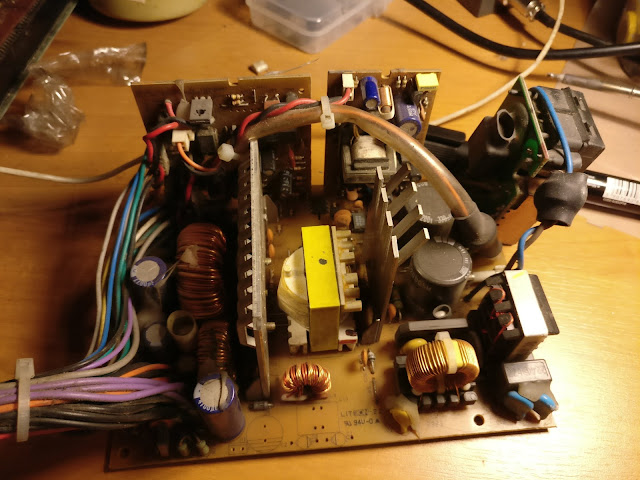Playing with junk: the SN29764 (LM1017) 4-bit binary 7-segment display driver.

While digging through my parts bins looking for my spare arduino nano I came across a boart that I was keeping solely for the 7-segment display that was attached to it. I noticed that there also was an IC marked SN29764 on the board and got curious. After some googling I came up with a LM1017 datasheet, which states that it's an equivalent to the SN29764. Basically what this IC does is it takes a 4-bit binary number through pins 2, 3, 4 and 5, and displays that number on a 7-segment display. Since this IC was made to display channels on a TV it doesn't display the number 0 but it displays numbers from 1 to 16. Pulling pin 1 down sets the display to full brightness. I find it quite interesting that there would be a dedicated IC for this application but the world proves to be quite large and technology has sure advanced since the old days. There isn't a date code I can read on the IC but it might very well be older than me even, well I'm not...




